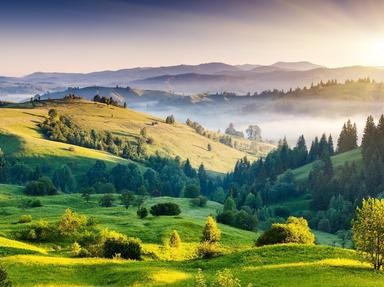Quiz Answer Key and Fun Facts
1. Home to the Mehrangarh Fort, which Indian city is known as the "Blue City"?
2. The architecture of which European city is distinguished by blue and white azulejo tiles?
3. Which ancient city that straddles two continents is home to the Blue Mosque?
4. Yet another mosque with blue tiles, in which country could you visit the Jameh Mosque and admire its delicate Persian mosaics?
5. Who'd associate a mundane location like a metro station with such creative artwork? The picture shows just one of the many elaborately decorated train stations in which Scandinavian capital?
6. The Greek island of Santorini is famous for its blue and white buildings. In which sea does this island lie?
7. Which Thai city, more famous for its white temple, also houses a blue temple called Wat Rong Suea Ten?
8. Which European capital is home to the Blue Church shown in the picture?
9. The funerary complex, Shah-i-Zinda, can be visited in which Central Asian city, once a thriving trade centre on the ancient Silk Road?
10. We'll end like we started, with another blue city. In which country would you find the city of Chefchaouen nicknamed "the Blue Pearl"?
Source: Author
zorba_scank
This quiz was reviewed by FunTrivia editor
agony before going online.
Any errors found in FunTrivia content are routinely corrected through our feedback system.

